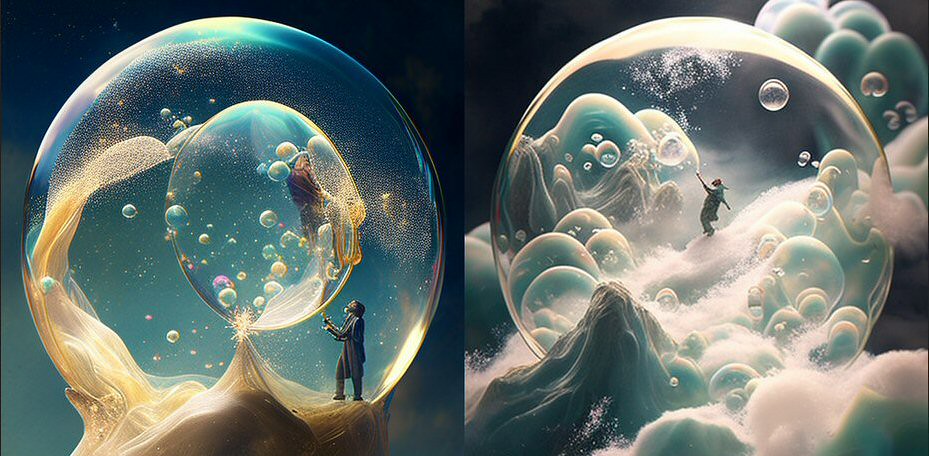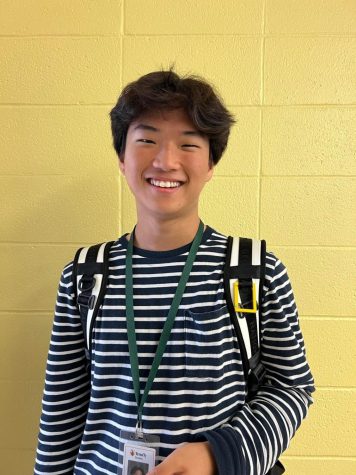Throughout human history, art has always been a central component of our lives. It has not only helped understand our cultures and values, but has been a source of inspiration and self-expression, fostering creativity for ages.
Many would agree with American art philosopher Susanne K. Langer, who once said, “Art may be defined as the practice of creating perceptible forms expressive of human feeling.”
However, AI machines are gradually threatening to end centuries of human expression through art.
Commonly, many AI art generators, such as the popular DALL-E2 or Deep Dream Generator (DDG) machines, take an inputted text prompt and output a picture. These tools produce artworks without a human hand, which is called Generative Art. Tate, a British exhibition institution, defines Generative Art as “art made using a predetermined system.” Similarly, OpenAI, the company which developed DALL-E2, claims that its generative machine can impressively “combine concepts, attributes, and styles” within its generated images.
At first glance, these so-called ‘concepts’ may sound sophisticated, but it is important to note that this ‘data set’ that is given to Generative machines is simply images accessible on the Internet, which generators use as a reference for their output work. While generating images, these samples (owned by other creators) are employed without any consent or credit to the original creators. In other words, AI generators are simply stealing other artists’ works.
As Generative tools are being used by more companies, it also raises the question about its effect on illustrators in the future. An anonymous game artist told Rest of World, a technology newspaper, that in her gaming company in China, workers produced 40 times more scenes with AI assistance compared to without it. She noted that this gave increasing competition amongst the workers in the company, who became fearful of losing their job.
In fact, job loss for illustrators and artists is already evident in China. Leo Li, a gaming illustrator recruiter, told Rest of World that there was a 70% drop in illustrator jobs for China in 2021 as companies began using more AI machines. “Bosses may be thinking they don’t need so many employees,” Li said.
On the other hand, leading AI supporters, such as Refik Anadol, argue that utilizing AI tools to artworks will ultimately save time and provide efficiency. “We imagine a future where machines will give new insights, knowledge, and the power… to change existing systems,” Anadol stated in an interview with MoMA.
Anadol’s point is quite clear. Generative AI has potential, and we, as humans, must not squander it. Indeed, it is true that Generative AI may have potential to open a new path in the art world. However, it dismisses a key point that has made art everlasting to this day––human emotion.
For the centuries that art has existed, it has been a conveyance of emotion and culture, and a way to enter a flow state to illustrate creativity. Generative art threatens to strip away all of this, and humans may be building a machine that could, in the future, erase centuries of human history.













































































































































